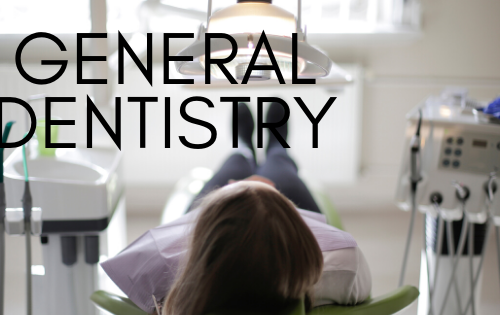
What Are Dental Veneers?
Dental veneers are shells usually made of tooth colored porcelain or composite material that is used as a laminate over the surface of a tooth or over several teeth to improve their aesthetics. The shells, also known as porcelain veneers, are cement bonded to the front portion of teeth. This helps to change the color, size, shape, or length of a tooth.
Further, this improves the aesthetics; hides a bit crooked tooth, chipped tooth, cracked tooth, discolored tooth, or hides gaps between teeth.
A dental veneer is custom-fashioned by a dentist in a laboratory or in a clinic to suit specific requirements. Porcelain is a beautiful translucent material when seen from the point of view of aesthetics. When used as a porcelain veneer, it helps achieve a lifelike result that is good to look at.
Porcelain veneers transmit light better and thus give a natural look. They resist stains much better than resin-based bonded plastics and are comparatively closer to having the similar property of light reflection that natural teeth have than that achieved with resin composites.

Porcelain veneers are cement bonded to the surface of teeth after the surface of teeth are prepared by etching them with a mildly acidic solution. The etching is done to create micro-pores on the teeth surface. The pores help the cement used for bonding the porcelain laminate onto the surface of the teeth to enter them and create a strong durable bond. The veneer shell is then cured by shining an ultra violet light over it.
Bonds based on porcelain veneers are stronger than earlier used front caps or crowns. They do not shrink or stain with age in contrast to composites that do so. The shades of veneers can be adjusted slightly during their bonding to a different hue by changing the color of the cement used to bind them to teeth.
It requires three visits to a dentist to complete a porcelain veneer bonding process in Daytona Beach, and the best general and cosmetic dentistry in Daytona Beach is by far Dental Creations Of Daytona. Of them, the first is a consultation. The first of the other two is to enable the dentist to make a porcelain veneer after getting impressions so as to get all the measurements of the concerned tooth. During the last visit, the actual porcelain veneer bonding procedure is performed under local anesthesia.
The advantages of dental veneers lie in the procedure being kind on gums, in that it provides natural-looking teeth and that porcelain veneers are stain and shrink resistant. Further, with porcelain veneers, a dark colored tooth can be changed to a lighter appearing one. Extensive contouring required with crowns is avoided with use of porcelain veneers.
Some of the disadvantages of dental veneers lie in the process being irreversible. They are very costly as compared to composite plastic resin based teeth bonding and the color of porcelain veneer bonded teeth may not match with the rest of the natural teeth.




